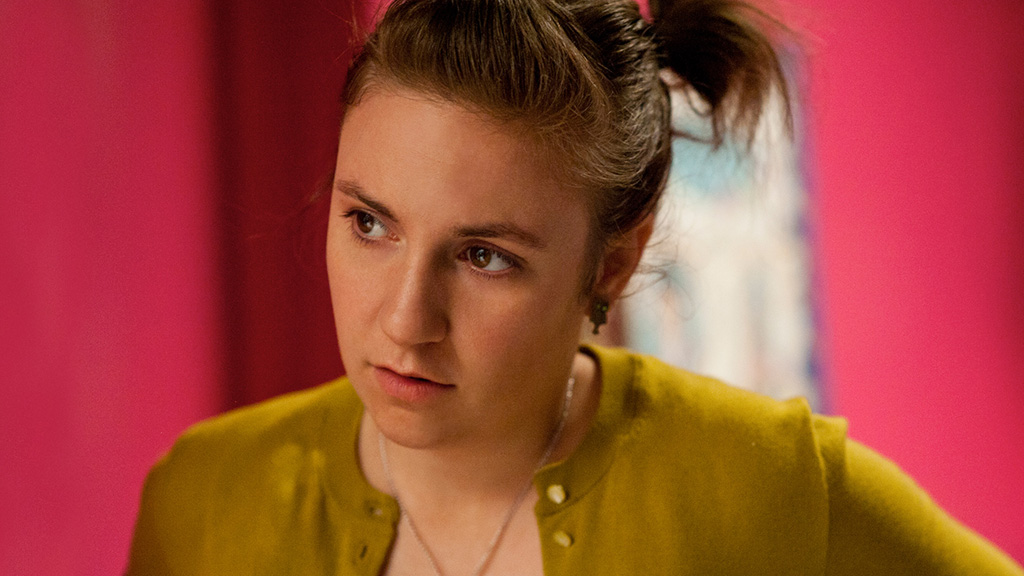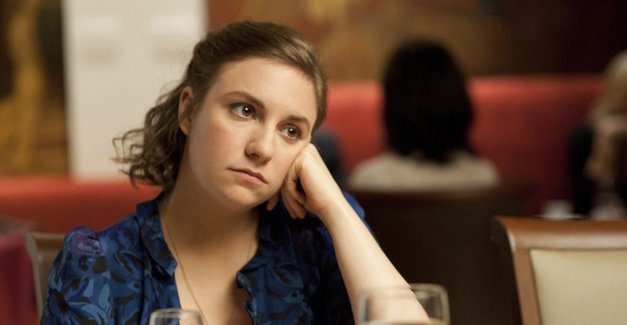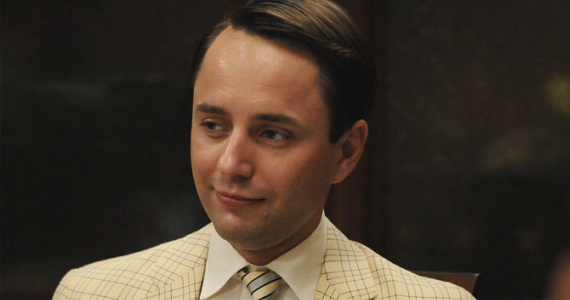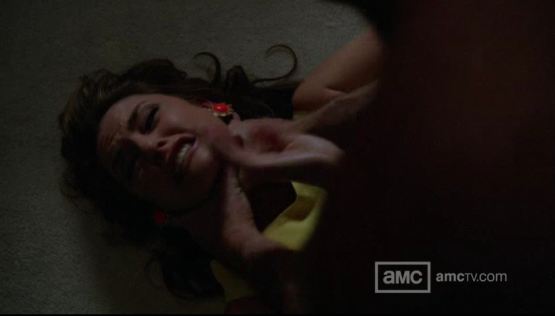
If you went to a college like New York University or have lived in New York for even a brief period of time, you have likely asked yourself this question. Not only does NYC have a higher than average gay population but even the straight men seem a little too willing to wear scarves. Girls is located within this confusing sexual landscape as it explores the eternal dichotomy between the nice, effeminate guy you should like and the sexy douche you keep sleeping with even though you know you shouldn’t. Although Dunham described this conundrum using the Brian Krakow/Jordan Catelano analogy, you know she really wanted to reference the Aidan/Big dilemma but felt it would be uncool to do so.
The show keeps inserting sly, visual references to Sex and the City (e.g., the girls sitting on a park bench eating ice cream or Hannah typing on her computer late at night), but the literal hue of the composition is darker. Where S&TC was awash with bright colors and streaming sunlight, Girls is NYC viewed through a dim brown lens. Similarly, Girls focuses on the dark underbelly of modern sexual politics, which S&TC hinted at in its first three seasons but then discarded in favor of more shoes and an emasculated Big. Girls complicates the linear nice guy/asshole dichotomy not by turning all of the men into unthreatening rom-com ken dolls but by simultaneously reiterating and troubling this formula. Masculinity, like everything else in this amber-colored Brooklyn, is decidedly in flux. Continue reading “Are All Men Gay?”








